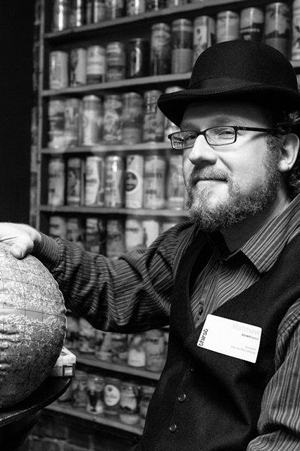One of the most important—and famous—results in quantum mechanics is the Heisenberg Uncertainty Principle (HUP). What is less known (at least to non-physicists) is that the HUP exists in two versions. Werner Heisenberg's original formulation stated that the act of measurement disturbs a physical system, placing strong constraints on (for example) the simultaneous measurement of both the position and momentum of a particle. A more mathematically rigorous version places inherent limits on the measurement of physical quantities—independent of whether any measurement is actually performed.
While it is often assumed that these different formulations are the same, recent theoretical results have shown the original Heisenberg measurement-based version is incomplete.
A possible violation of the original HUP has been realized experimentally by a group at the University of Toronto. Lee A. Rozema and colleagues performed a series of polarization measurements on entangled photons to determine the degree of disturbance in the system. The two possible polarization states of a photon are complementary in a quantum mechanical sense, meaning they cannot be simultaneously measured to arbitrary precision. If the original HUP is the correct one, then the physical act of measuring the polarization in one orientation will perturb the photon, affecting subsequent measurements. The researchers found that, while the later version of the HUP held, the Heisenberg HUP was violated. This result is an explicit verification that the HUP is due to intrinsic uncertainty in quantum systems rather than the effect of introducing macroscopic measurement apparatus.
Complementary physical quantities play an important role in quantum physics. The most famous pair is position and momentum: pinpointing a particle's position means its state of motion is indeterminate. Heisenberg proposed that the act of measurement itself was responsible for the indeterminacy: using a photon of sufficient energy to locate the particle would give it a kick, making its momentum unpredictable. However, later more rigorous derivations showed that the HUP—while still concerned with the measurement of physical quantities—didn't require a specific measurement to be performed. Instead, the HUP was a statement of the intrinsic limitation of any measurement that could be taken, without needing to do an experiment. For future reference, I'll refer to the more advanced version of the HUP as the modern Heisenberg Uncertainty Principle, or MHUP.


 Loading comments...
Loading comments...
